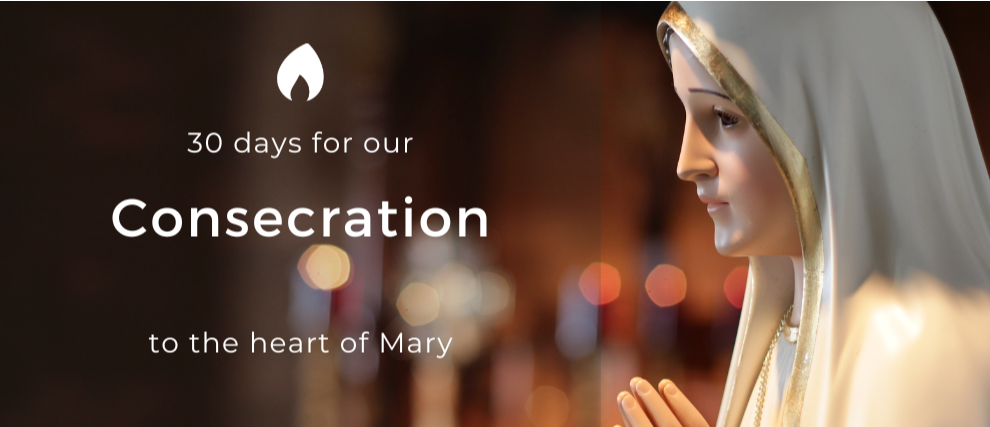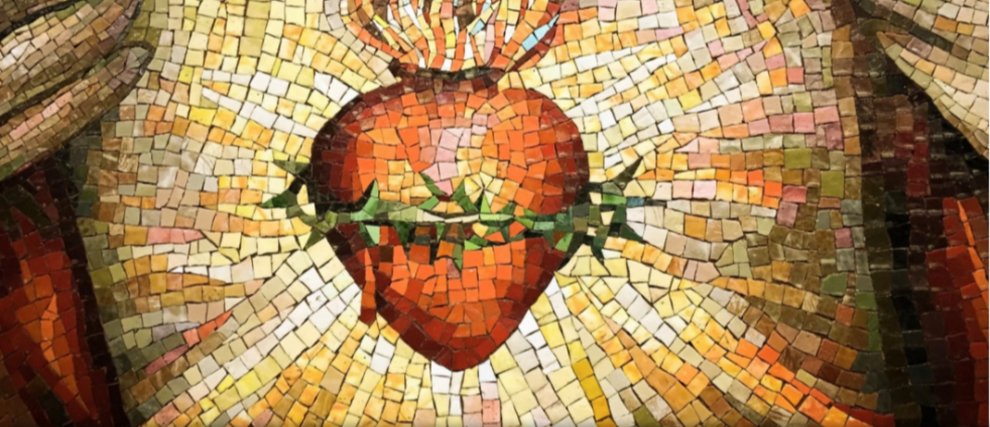Saint Veronica
Biography of Saint Veronica
Veronica, or Berenice, is known as the woman who wiped the face of Jesus on his way to Calvary. This woman is not mentioned In the Bible and the Gospel does not speak of Saint Veronica, yet she is mentioned in the sixth Station of the Cross. Along with Saint Mary Magdalene and others, she is one of the holy women who surrounded Jesus during his three years of public life and accompanied him on the way to Golgotha. Veronica, full of compassion for Christ when he was bearing his cross, came to him with an immaculate cloth and wiped his face. After Jesus' death, the woman was amazed to see that the image of the Savior's face had miraculously imprinted on the precious veil. From then on, Veronica has been represented holding this veil marked with the Holy Face. After the dispersal of the apostles, Veronica seemingly traveled to France, possibly with Zacchaeus, and evangelized in Aquitaine. Until the nineteenth century, her relics were venerated in the Basilica of Our Lady of the Earth in Soulac. They are now in the Church of Saint Seurin in Bordeaux.
Since the beginnings of Christianity, Saint Veronica has been revered and, in the absence of holy texts mentioning her, popular worship has transmitted her story more or less truthfully. Subsequently, several mystics received revelations highlighting certain events in the life of Jesus and early Christians that are not quoted in the canonical Gospels. This is the case of the Venerable Mary of Agreda, the Blessed Anne Catherine Emmerich, Marthe Robin, Sister Josefa Menendez and especially Maria Valtorta whose accounts are of incomparable precision and clarity. The origin of the first name Veronica seems to come from the Greek vera icona, meaning “true icon” and alludes to the miraculous image received by Veronica.
Saint Veronica is celebrated on February 4th. Because of the image miraculously printed on her veil, Saint Veronica is the patroness of photographers. Saint Veronica and the precious veil imprinted with the face of Christ are often painted. El Greco created one famous painting.
On Hozana, discover the lives of other saints contemporary with Jesus: Saint Joseph, Saint Mary Magdalene, Saint Anne, Saint Elizabeth, Saint John the Baptist, Saint Peter, and many more!
Also discover another Saint Veronica: Saint Veronica Giuliani.
Veronica’s Veil
The "Holy Face" corresponds to ancient sources and texts that, for nearly 2,000 years, have spoken of a true image of Christ "not made with hands" and "Veronica’s veil". The history of this precious veil is not precisely known. Several veils representing the face of the suffering Christ are known today.
- The famous "Edessa Mandylion" in the Sistine Chapel in the Vatican. Many experts consider this image to be the "oldest representation of Christ", dating back to the 4th century.
- Another "image of Edessa", similar but probably more recent, is preserved in the Church of Saint-Barthélemy-des-Arméniens in Genoa. Here, too, it is venerated as the "true and oldest image of Jesus."
- The veil of Manoppello is most probably the true veil of Veronica. It is located at the Shrine of the Holy Face in Manoppello in the Abruzzo region of Italy. The face is as if printed on byssus, an extremely thin and transparent fabric, and no traces of paint or burns are present. The superposition of this veil with the face of the shroud of Turin shows that it is one and the same person.
Praying to Saint Veronica
Lord, give us the concern of the heart that seeks your face.
Protect us from the darkening of the heart that sees only the appearance of things. Give us the sincerity and purity that enable us to see your presence in the world.
When we do not have the ability to do great things, give us the courage of humble goodness. Print your face in our hearts, so that we can meet you and show the world your image.

